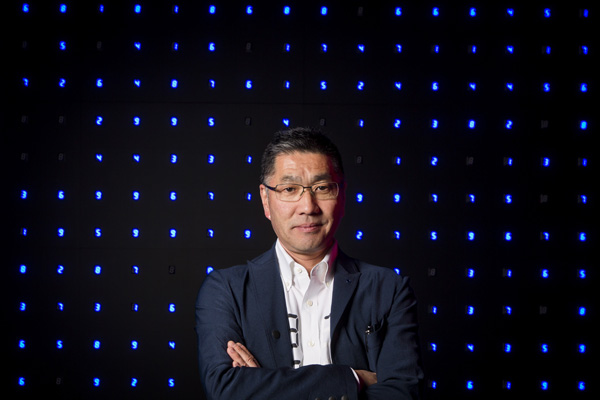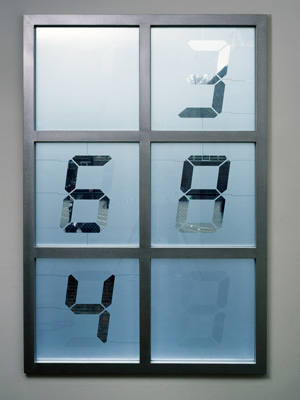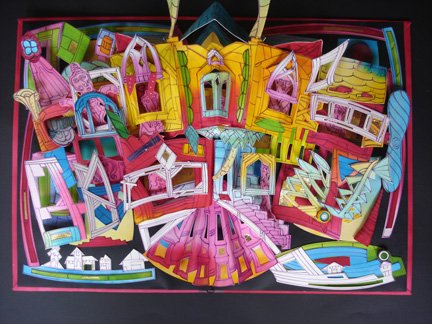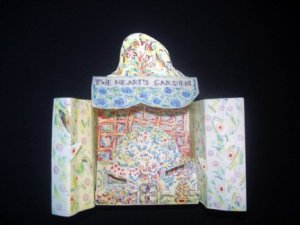In my post about the London-based Korean artist, Do Ho Suh, I talked about the importance of the notion of karma to his work. Karma is also central to the work of the Japanese artist Tatsuo Miyajima.
Miyajima’s three core concepts are:
- keep changing
- connect with everything
- continue forever
These three symbolise human life and are the basis for his art.
Key to Miyajima’s practice are the numbers nine to one and zero, he says:
“Basically the count goes down from nine to one, then repeats: from 9-8-7, these numbers shine this represents life. The count continues, and as it does this symbolises change.
Then we reach zero In Sanskrit zero was call “sunya”, in Buddhism, in Japanese, this becomes kuu, “the void”.
It is said this idea originated in India in the sixth century but the original meaning was not only emptiness or nothingness but also swollenness an explosion.
In other words, ‘zero’ incorporates two diametrically opposed meanings: it indicates that this void is invisible, yet packed with energy.
So when someone dies, it’s like going to sleep: you can’t see anything, but there’s plenty of power there, and if you rest for a while, life reverts as though you were waking up the next morning.

Tatsuo Miyajima: Counter Voice in Wine
This repeating cycle of life and death can be taken as the boundary of what is visible: invisible then visible, the pattern of life and death repeating. For Miyajima, that’s what it’s all about, that’s what life is.”
Miyajima doesn’t include zero in his work because it would signify death. So instead of a zero, it goes black:
“The gap between counting cycles represents a pause or breath, the ‘space of death’ before life begins once more.”
I personally found this exhibition inspiring both for the sheer scale and technical knowledge that must have been behind its staging, but even more because of the conceptual ideas behind Miyajima’s work.
This idea of the cycle of life and death, of karma, being represented by the simple idea of counting between 9 and 1 (to limit the numbers to single digits only) seems to me brilliant in its simplicity, and it can be used in so many ways. This also inspired me to think about the other textual references I could layer over my work, to represent the languages and therefore cultures that have influenced both my personal history, and that of my ancestors, but really of the history of humankind, if I can be so bold!
Links
- Tatsuo Miyajima website
- Museum of Contemporary Art, Sydney (including video interviews)
- Tate
- Lisson Gallery
- The Met
- Artsy.net
- Artradarjournal.com

















